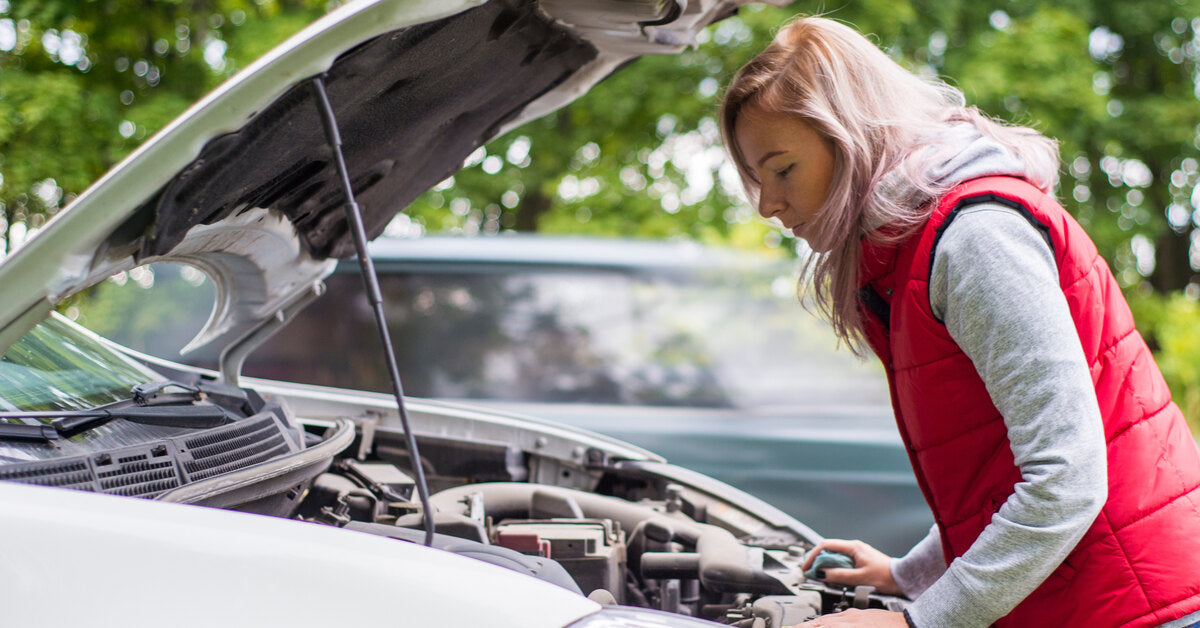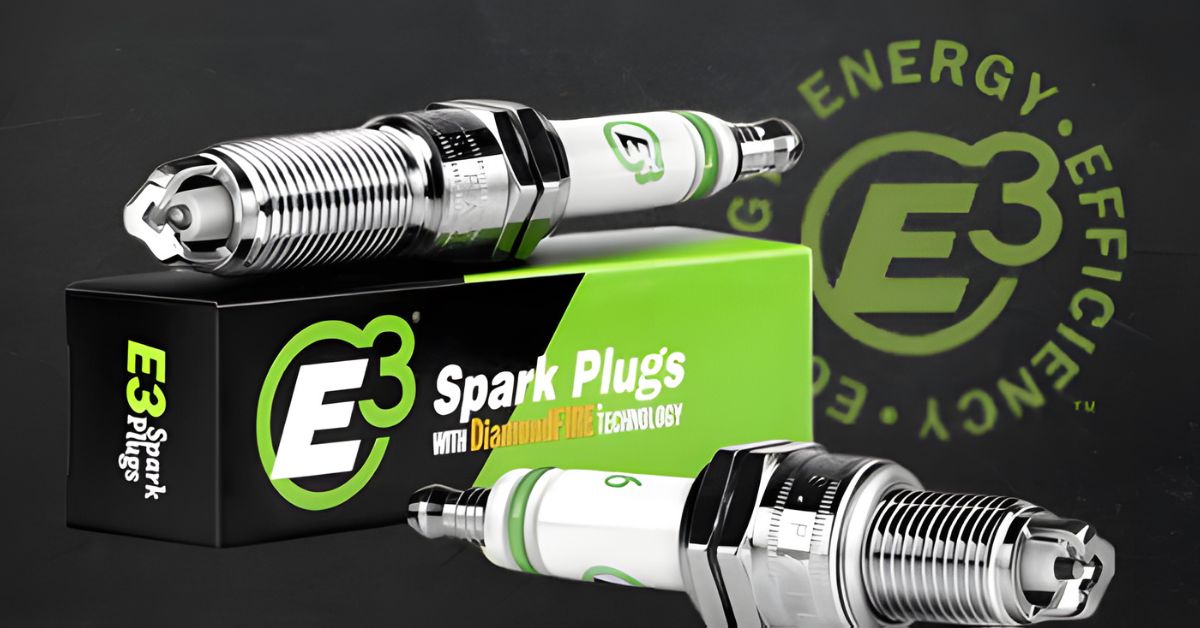
Your car's engine includes many moving parts, each playing a crucial role in ensuring smooth performance and reliable operation. Among these parts, spark plugs are essential. Spark plugs are small, but they pack a punch, igniting the air-fuel mixture inside your engine's cylinders to power your vehicle.
When spark plugs foul, vehicle performance suffers dramatically. Below, we’ll explain what to do when your car’s spark plugs foul, including how to clean and replace them with new ones if necessary.
What Fouling Means for Spark Plugs
Fouling occurs when contaminants build up on the electrodes of the spark plug, disrupting the crucial spark needed for ignition. These contaminants can be fuel, oil, or carbon deposits. When these contaminants foul spark plugs, the plugs can't effectively ignite the air-fuel mixture in your engine's cylinders, leading to a host of performance issues.
This reduces your car's efficiency and can lead to more significant problems if not addressed. Recognizing the symptoms early can save you from costly repairs and keep your vehicle running efficiently.
Signs of Fouled Spark Plugs
Every driver should recognize the common signs of fouled spark plugs to know when they must clean or replace the plugs.

Rough Idle
One of the most common symptoms is a rough idle. If your engine sounds irregular or feels shaky when idling, it may be due to fouled spark plugs. A rough idle can affect your driving comfort and signal potential underlying problems in your engine.
Starting Issues
Another key indicator is difficulty starting your car. If you find that your engine cranks but doesn't start easily, fouled spark plugs could be to blame. Ensuring that your spark plugs are clean and functioning properly can save you time and prevent unexpected delays.
Performance and Fuel Economy
Additionally, poor acceleration and reduced fuel economy are telltale signs of compromised spark plugs. You may notice that your vehicle is sluggish when you press the gas pedal or that you're filling up your gas tank more often than usual. The spark plugs are integral to performance and efficiency, so if they’re compromised, the condition will manifest in poor acceleration and fuel economy.
Causes of Fouled Spark Plugs
We know what fouling means and the dangers, but what causes spark plugs to foul? Oil leaks into the combustion chamber, an overly rich air-fuel mixture, and incomplete combustion are common causes of spark plug fouling. When engine oil seeps past worn piston rings or valve seals, it leaves residue on the spark plugs, impairing ignition and often resulting in blue smoke from the exhaust.
Faulty fuel injectors or sensors can cause an overly rich mixture and lead to carbon deposits. Furthermore, incomplete combustion due to ignition issues or incorrect spark plug gaps can leave unburned fuel in the chamber, causing misfires and reduced efficiency. If you know your vehicle suffers from any of these issues, you’ll need to fix them first before replacing or cleaning your spark plugs.
Steps To Diagnose Fouled Spark Plugs
Diagnosing fouled spark plugs is a relatively straightforward process that you can do at home with a few basic tools. First, ensure your engine is cool before starting. Open your car's hood and locate the spark plug wires, usually found on top of the engine.
Using a ratchet, remove one spark plug wire at a time, taking time to note their positions for reassembly. Inspect the spark plug for any visible signs of fouling, such as black carbon deposits, oily residue, or a wet appearance. Compare the condition of your spark plugs to manufacturer guidelines, which can be found in your vehicle's manual.
DIY Cleaning and Replacement
If you find fouling on your car’s spark plugs, what are you to do? Your two options are simple: clean them or replace them if they’re beyond saving. We’ll explain how drivers can do both options themselves.

How To Clean Spark Plugs
Prepare the Car and Gather Tools
Before beginning the cleaning process, park your vehicle on a flat surface, turn off the engine, and let it cool. Gather necessary tools such as a spark plug socket, ratchet, wire brush, and potentially a cleaning solvent for spark plugs. Always wear safety gloves and goggles to prevent injury from debris or accidental contact with cleaning chemicals.
Remove the Spark Plugs
To remove fouled spark plugs, start by opening the hood of your car and disconnecting the negative battery terminal. Locate the spark plugs using your vehicle's manual for reference.
Carefully disconnect the spark plug wires by pulling on the boots, not the wires, to avoid damage. Use the spark plug socket and ratchet to unscrew each spark plug individually, keeping them in order to avoid confusion during reinstallation.
Clean the Spark Plugs
Upon removal, inspect each spark plug for deposits. Use a wire brush to gently remove any carbon build-up or dirt from the electrodes and threads. For stubborn deposits, apply a small amount of spark plug cleaner or brake cleaner to break down the residue.
Ensure you remove all debris fully to restore optimal functionality. After cleaning, dry the spark plugs thoroughly to avoid any moisture-related issues during reinstallation.
Replacing Fouled Spark Plugs
If the spark plugs are beyond cleaning, you’ll have to replace them with new engine plugs for the car. Keep reading to learn how to replace your vehicle’s spark plugs yourself.
Assess Their Condition
Before you decide to replace the plugs, take time to assess their condition to ensure they’re beyond cleaning and saving. Check the electrode wear and compare it to the manufacturer specifications in your vehicle’s manual. If the gap is too wide or the electrodes show signs of erosion, replacement is the recommended course of action.
Select the Right Spark Plugs
Choose replacement spark plugs that match the specifications provided by the vehicle manufacturer. Different engines require different types of spark plugs, such as copper, platinum, or iridium.
Selecting the right type ensures compatibility and optimal performance, avoiding potential damage or a decrease in efficiency. If you need help finding the right plugs for your car, E3 Spark Plugs has a team of experts who can help you find the ideal plugs for your vehicle’s engine.
Install the New Spark Plugs
Before installing new spark plugs, ensure the correct gap between the electrodes using a feeler gauge. Reinstall each spark plug by hand to prevent cross-threading and tighten them with a spark plug socket until secure.
Reattach the spark plug wires in the correct order, ensuring they are firmly connected to each corresponding plug. Finally, reconnect the negative battery terminal.
When To Seek Professional Help
While DIY cleaning and replacement can be effective, there are times when it's best to seek professional help. If you've cleaned or replaced your spark plugs and still experience performance issues, it may indicate a deeper problem within your engine.
Persistent symptoms such as misfires, poor fuel economy, or difficulty starting your car should be evaluated by a mechanic. If you're not comfortable working on your vehicle or lack the necessary tools, a professional can ensure the job is done correctly.
Get New High-Quality Plugs for Your Car From E3 Spark Plugs!
If your vehicle has been driving sluggishly or performing poorly, it could be due to fouled spark plugs. If you need to replace your vehicle’s plugs, E3 Spark Plugs is here to help with our huge inventory of high-performance spark plugs. View our selection of replacement plugs online or contact our staff if you have any questions. Let us help you find the ideal plugs for your car.







